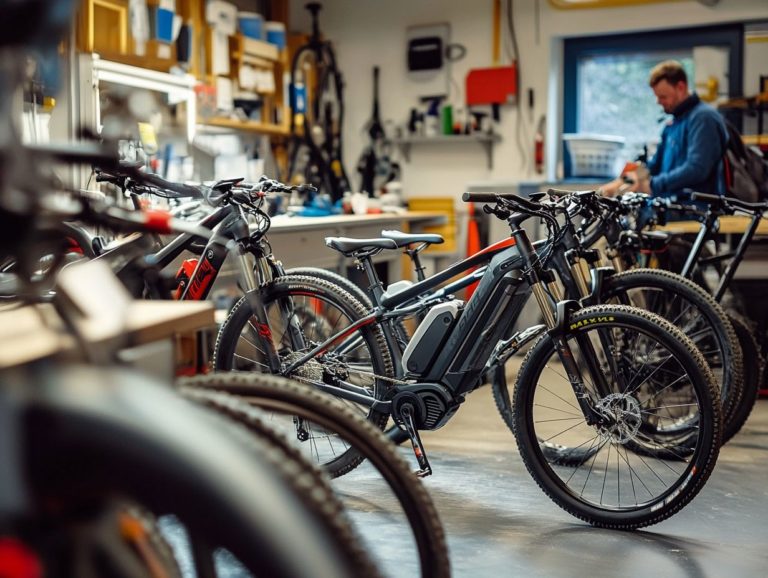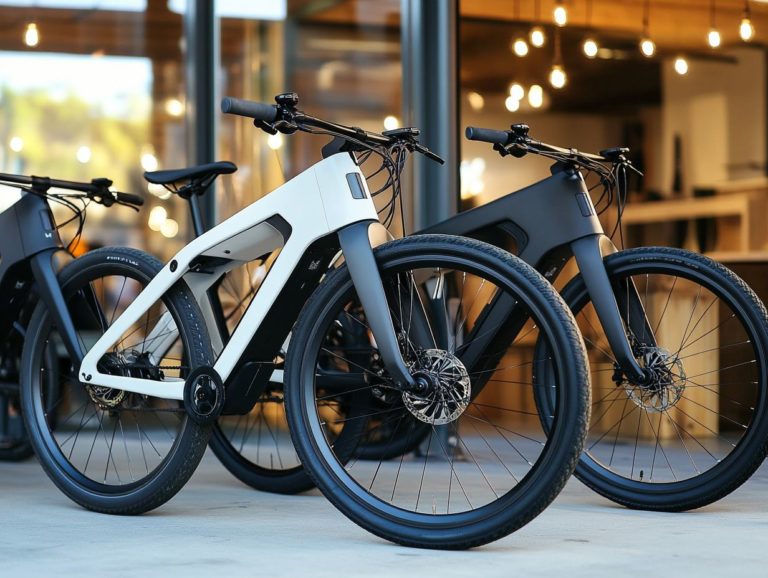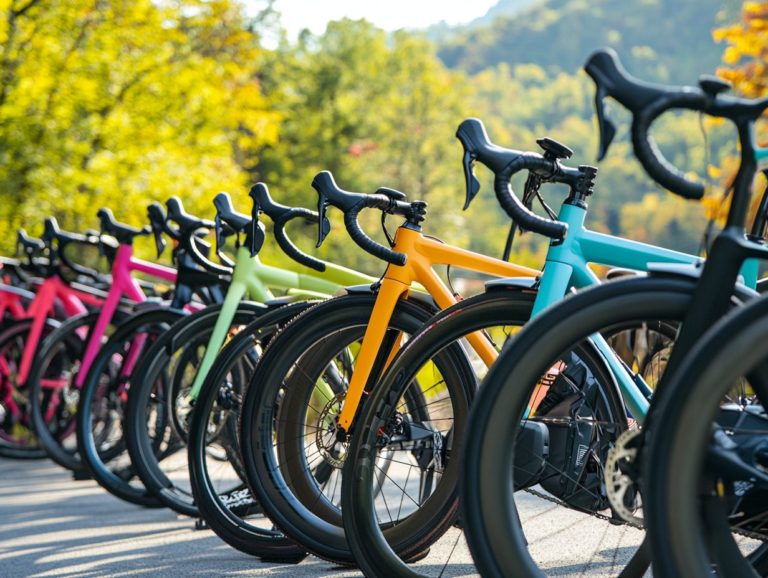Electric Bicycle Classification: A Quick Guide
Electric bicycles, also known as electric bikes or e-bikes, are transforming your commuting experience. They offer a sustainable and efficient alternative to traditional biking.
With options ranging from pedal assist (where the motor helps you while you pedal) to throttle assist (which allows you to ride without pedaling), the variety of electric bicycles available is designed to meet your unique riding style and needs.
This article covers the different classifications of electric bicycles. It also highlights important legal considerations and the numerous benefits they offer.
You ll find valuable tips for selecting the perfect e-bike and ensuring a safe ride.
Discover how electric bicycles can transform your daily routine for the better!
Contents
Key Takeaways:
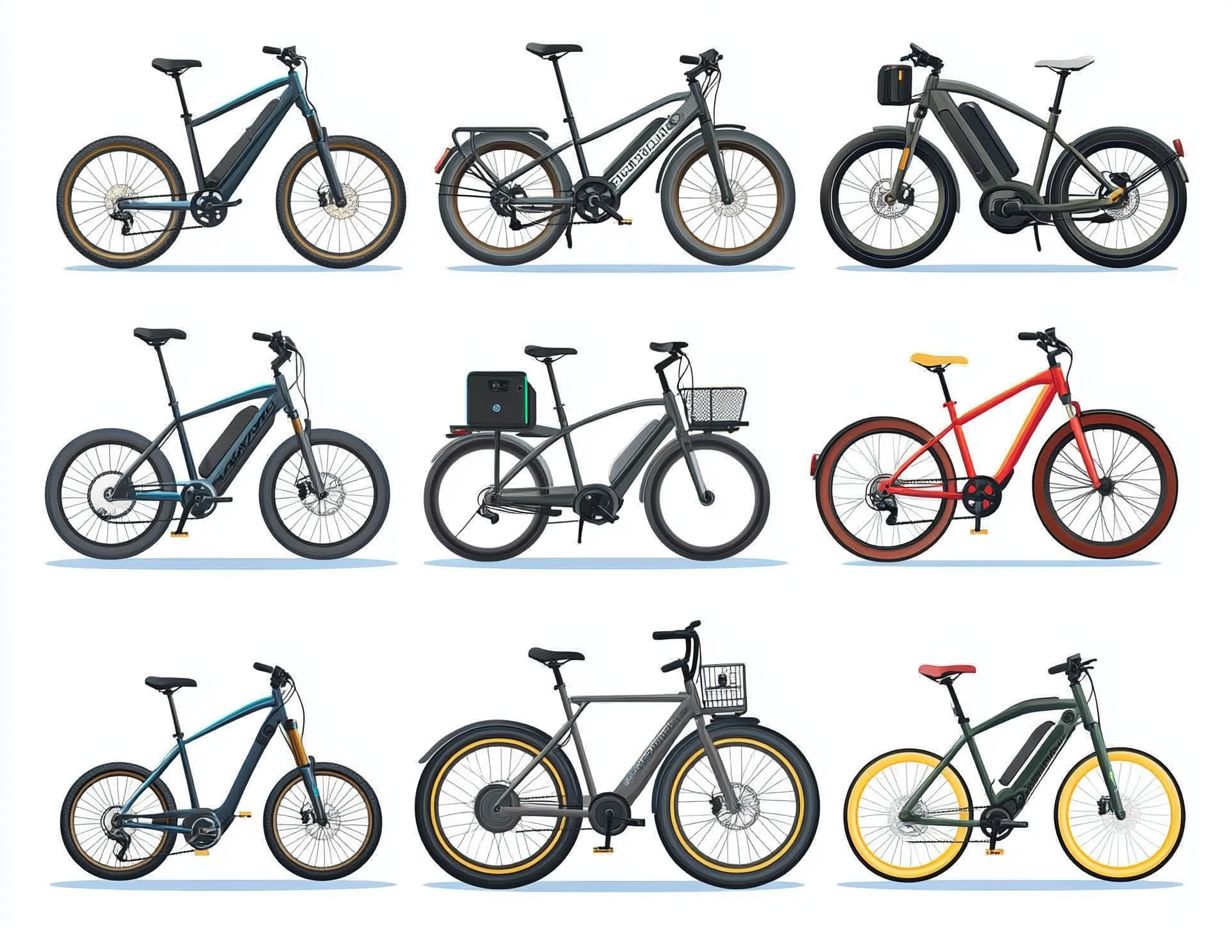
- Electric bicycles come in three main classes: Class 1, Class 2, and Class 3. Each class has its unique features and regulations.
- When choosing an electric bicycle, consider factors such as battery life, motor power, and terrain. It’s also important to be aware of legal regulations and restrictions for electric bikes in your area.
- Electric bicycles provide a fun and efficient way to travel while offering numerous environmental and health benefits. Always adhere to riding laws and follow recommended precautions for a worry-free ride.
What are Electric Bicycles?
Electric bicycles, or e-bikes, are revolutionizing personal transportation by merging the joy of traditional cycling with advanced technology. These remarkable machines come with electric motors that provide various levels of assistance, allowing flexibility between pedal assist and throttle assist modes.
With classifications like Class 1, Class 2, and Class 3, electric bikes accommodate different riding preferences and environments. They promote a greener commuting option that aligns with local laws.
The clever design of electric bicycles features a rechargeable battery system that powers the motor. This allows you to conquer challenging terrains or cover longer distances without the exhaustion often linked to conventional biking.
You ll find a variety of motor types, including hub motors that provide direct drive in the wheel and mid-drive systems that enhance balance and performance on steep hills.
Not only do electric bikes encourage a healthier lifestyle by getting you outdoors, but they also play a crucial role in reducing carbon emissions, making them an excellent alternative for urban commuting.
Their lightweight frames and adjustable settings add to the convenience, allowing you to enjoy a perfect blend of exercise and efficiency in your daily travels.
Types of Electric Bicycles
Electric bicycles fall into three main categories: Class 1, Class 2, and Class 3. Each class is distinguished by its operational features, such as the type of assistance it offers and the maximum speed permitted during rides.
Familiarizing yourself with these classifications is crucial for navigating different bike lanes and paths, ensuring compliance with local laws and regulations.
Class 1: Pedal Assist Electric Bicycles
Class 1 electric bicycles, often referred to as pedal assist bikes, offer a delightful blend of traditional cycling and modern convenience. They provide assistance only when you re pedaling, allowing you to experience the joy of cycling at a maximum speed of up to 20 mph.
This makes them an ideal choice for bike paths and multi-use trails, seamlessly merging fitness with functionality.
These bikes are perfect for your daily commute, enabling you to arrive at your destination while reaping the exercise benefits of cycling. Whether you’re a recreational rider eager to explore scenic routes or navigating the hustle and bustle of urban environments, Class 1 e-bikes offer the freedom you seek.
Class 1 electric bicycles prioritize safety by encouraging responsible usage and compliance with local regulations. This enhances your riding experience by providing designated spaces for cyclists, keeping you away from motor traffic.
By focusing on responsible riding, Class 1 electric bicycles empower you to embrace a healthier lifestyle while prioritizing your safety on the road.
Ready to ride? Check out our top-rated electric bicycles today!
Class 2: Throttle Assist Electric Bicycles
Class 2 electric bicycles offer the convenience of throttle assist, which allows you to engage the motor without pedaling. This feature makes them appealing for those who prefer a leisurely riding experience. With a maximum speed of 20 mph, these e-bikes are perfect for short commutes or errands where pedaling might feel impractical.
Their design caters to a wide range of users, from older adults seeking effortless mobility to busy professionals needing a swift and eco-friendly alternative to cars. Many casual riders enjoy the seamless cruising enabled by the throttle, making it easy to relish their rides without the physical exertion of traditional cycling.
Local laws in many areas favor Class 2 e-bikes, allowing their use on paths and bike lanes where regular bicycles are permitted. Understanding the 5 key differences between e-bike types enhances their appeal and fosters an inclusive environment for riders of varying skill levels, promoting a more accessible cycling culture.
Class 3: Speed Pedelec Electric Bicycles
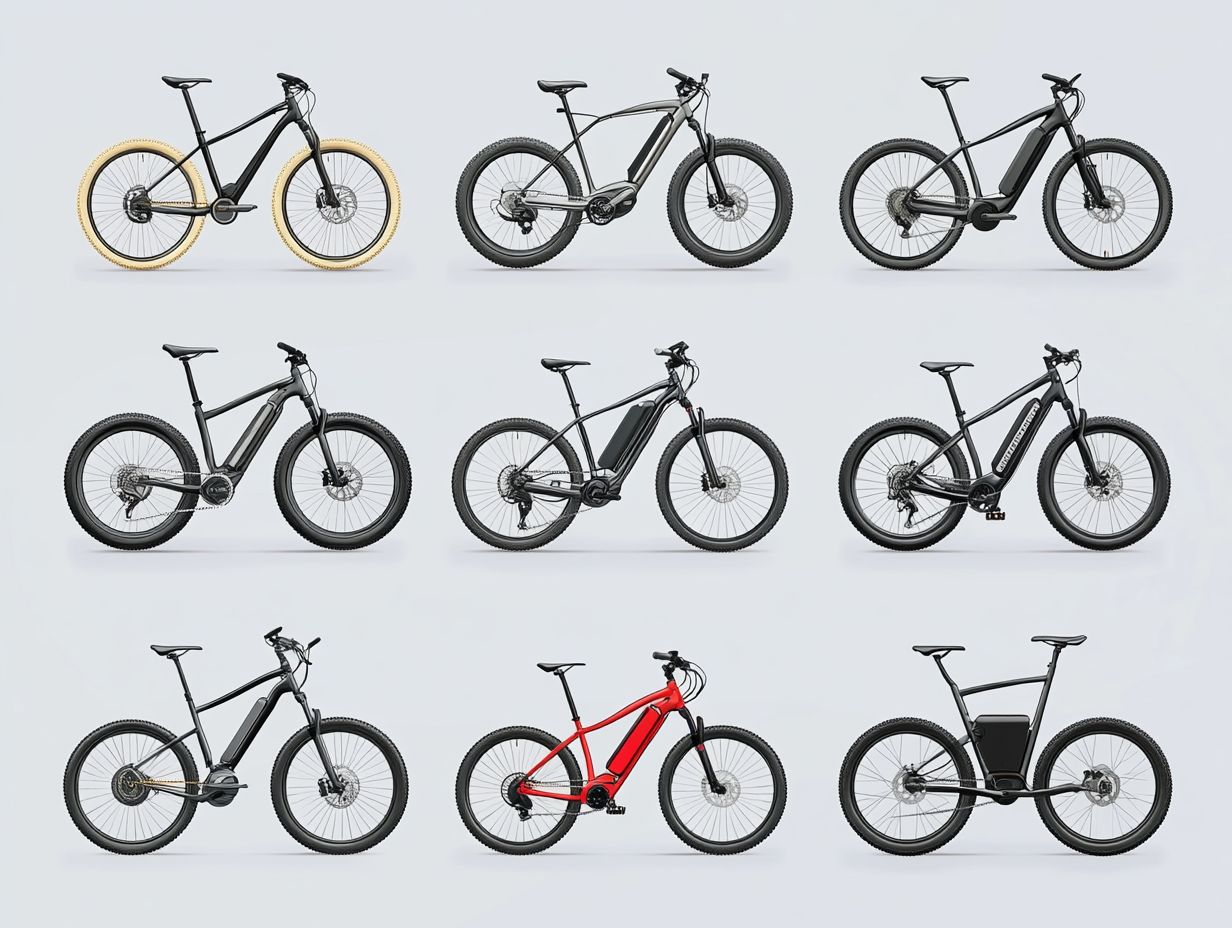
Class 3 electric bicycles, often called speed pedelecs, are designed for those who crave higher speeds. With pedal assist that can propel you up to 28 mph, this class of e-bikes is particularly popular among commuters who want to reach their destinations quickly while still enjoying cycling.
The sophisticated pedal assist systems help you maintain a steady speed with minimal effort, making these bikes ideal for navigating busy urban settings. With features like adjustable power levels and responsive torque sensors, these bicycles adapt effortlessly to your pedaling, delivering an efficient and exhilarating ride.
It’s crucial to stay informed about the federal regulations and laws surrounding Class 3 electric bicycles. This often includes requirements like wearing helmets and using designated bike lanes for safety. Additionally, exploring hybrid electric bicycles can enhance your riding experience. Understanding these compliance aspects helps you ride confidently and enjoy every trip!
Legal Considerations for Electric Bicycles
Navigating the legal landscape surrounding electric bicycles is essential for avoiding penalties and ensuring a safe ride. Electric bikes are governed by various regulations, including both federal and local laws that dictate their usage on bike paths and multi-use trails.
Grasping e-bike compliance thoroughly allows you to enjoy your rides without any legal headaches.
Regulations and Restrictions
Electric bicycles come with a patchwork of regulations that vary widely depending on where you are, including rules set by organizations like the Bureau of Land Management and the National Park Service. Familiarizing yourself with these laws is crucial, as they dictate where and how you can ride your electric bike in different areas.
For instance, many local authorities classify e-bikes into specific categories, each with its own limits on speed, power output, and riding locations. In California, for example, e-bikes are divided into three classes, each with distinct rules about riding on bike paths, roadways, or pedestrian areas. To better understand these distinctions, check out this guide on different types of electric bicycles.
Some cities may enforce age restrictions for riders, while others mandate helmet use for everyone, including those on electric bikes. Understanding these diverse regulations is vital for ensuring your compliance and promoting safe riding practices wherever you venture.
Benefits of Electric Bicycles
Electric bicycles offer a multitude of advantages beyond convenience; they play a crucial role in promoting environmental sustainability and enhancing personal health.
By reducing reliance on motorized vehicles, electric bikes actively contribute to lowering carbon emissions. Their pedal assist systems encourage you to engage in physical activity, leading to improved fitness levels.
Moreover, the riding experience on e-bikes tends to be more enjoyable and less taxing compared to traditional bicycles, allowing you to embrace your journeys with greater ease and satisfaction.
Ready to experience the thrill of electric biking? Discover your ideal e-bike today!
Environmental and Health Benefits
One of the most compelling reasons to consider an electric bike is its significant environmental impact. By swapping out short car trips for a ride on two wheels, you contribute to reducing carbon emissions, promoting cleaner air, and nurturing a healthier planet.
Choosing an electric bike is a fantastic way to make a positive change! It actively lessens your carbon footprint, helping cultivate a culture of sustainability. Electric bicycles are inherently energy-efficient, minimizing reliance on fossil fuels and easing traffic congestion, which supports better urban air quality.
The benefits extend beyond the environment; riding electric bikes also offers impressive health advantages. Regular cycling boosts your cardiovascular fitness and enhances heart health. The rhythmic motion acts as a natural stress reliever, promoting mental well-being. This combination enriches your personal health and contributes to a more vibrant, eco-friendly community.
Choosing the Right Electric Bicycle
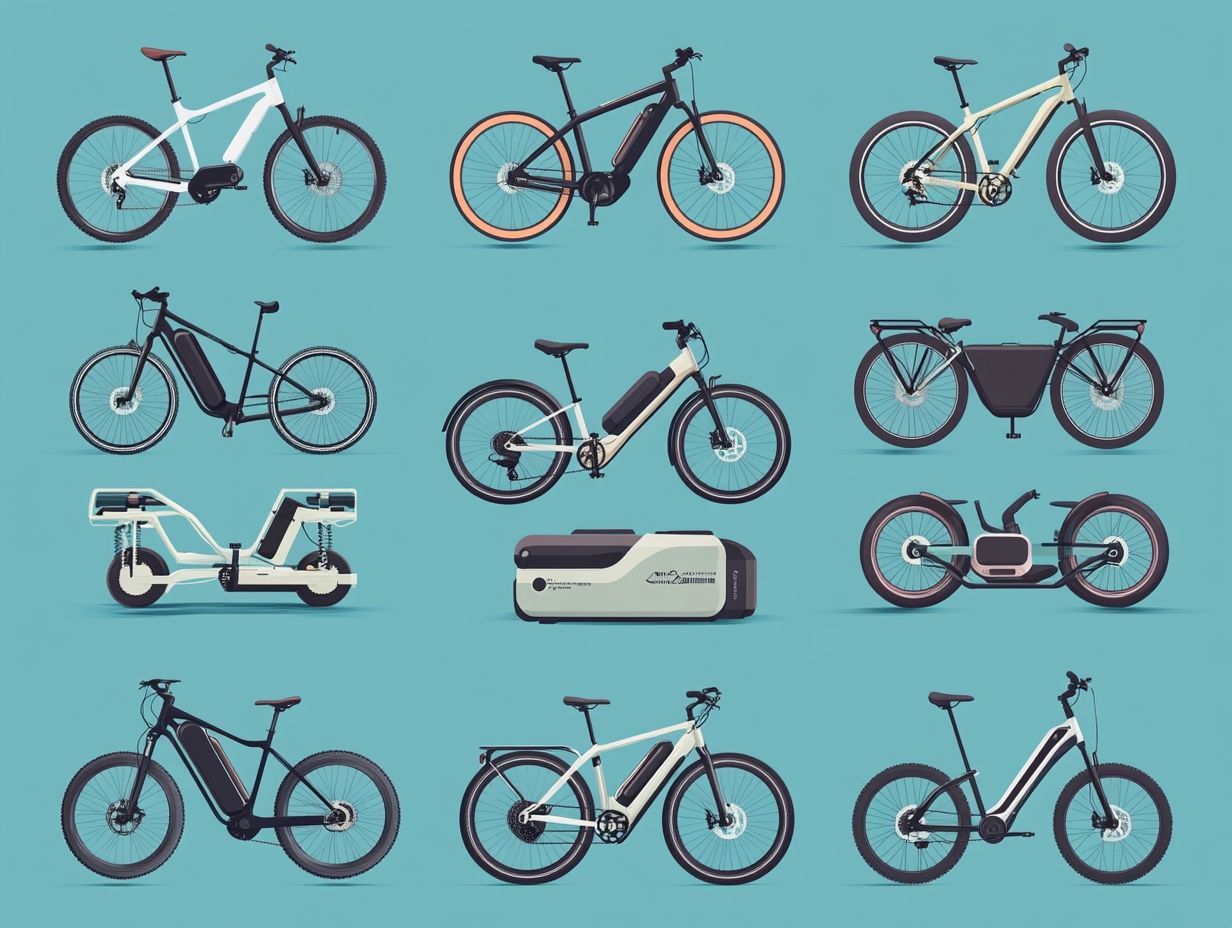
Selecting the perfect electric bicycle requires thoughtful consideration of several factors that can greatly influence your riding experience. With a wide array of user groups, including those who prefer pedal-assist or throttle-assist, it’s essential to pinpoint your unique needs and intended usage.
By doing so, you’ll be able to choose an ebike that aligns seamlessly with your specific requirements, especially by referring to choosing the right electric bicycle type for you.
Factors to Consider
- Motor output: This measures the power the bike’s motor can deliver.
- Battery capacity: Critical for planning extended trips without constant recharging.
- Type of assistance: Choose between pedal-assist or throttle to match your riding style.
These elements are essential, as they profoundly impact the overall performance and usability of the e-bike. A higher motor output provides the necessary power to conquer steep hills or tackle longer commutes, delivering a smoother ride for adventure seekers.
Battery life is crucial for exploring new terrains with confidence. The type of assistance you choose caters to diverse riders, enhancing both enjoyment and practicality on the road.
Tips for Riding an Electric Bicycle Safely
Riding an electric bicycle safely requires knowledge and preparation. Commitment to best practices enhances your riding experience while minimizing risks.
Whether you choose pedal assistance or throttle-only mode, understanding how electric bikes work is crucial. This knowledge helps you navigate bike lanes and multi-use trails with confidence.
Safety Precautions and Best Practices
To have a thrilling and safe ride, follow these essential safety tips for electric bicycles. Understand e-bike regulations and equip yourself with the right safety gear, such as helmets and reflective clothing.
Familiarize yourself with local laws about electric bicycles, including speed limits and designated bike lanes. Staying alert is vital, especially in busy urban streets or rural paths with unique hazards.
Use hand signals when turning and keep a safe distance from pedestrians and vehicles. These simple actions significantly reduce the risk of accidents.
Regular maintenance of your e-bike is crucial. Check your tire pressure and brake performance to ensure a safe ride.
Frequently Asked Questions
What are the different classes of electric bicycles?
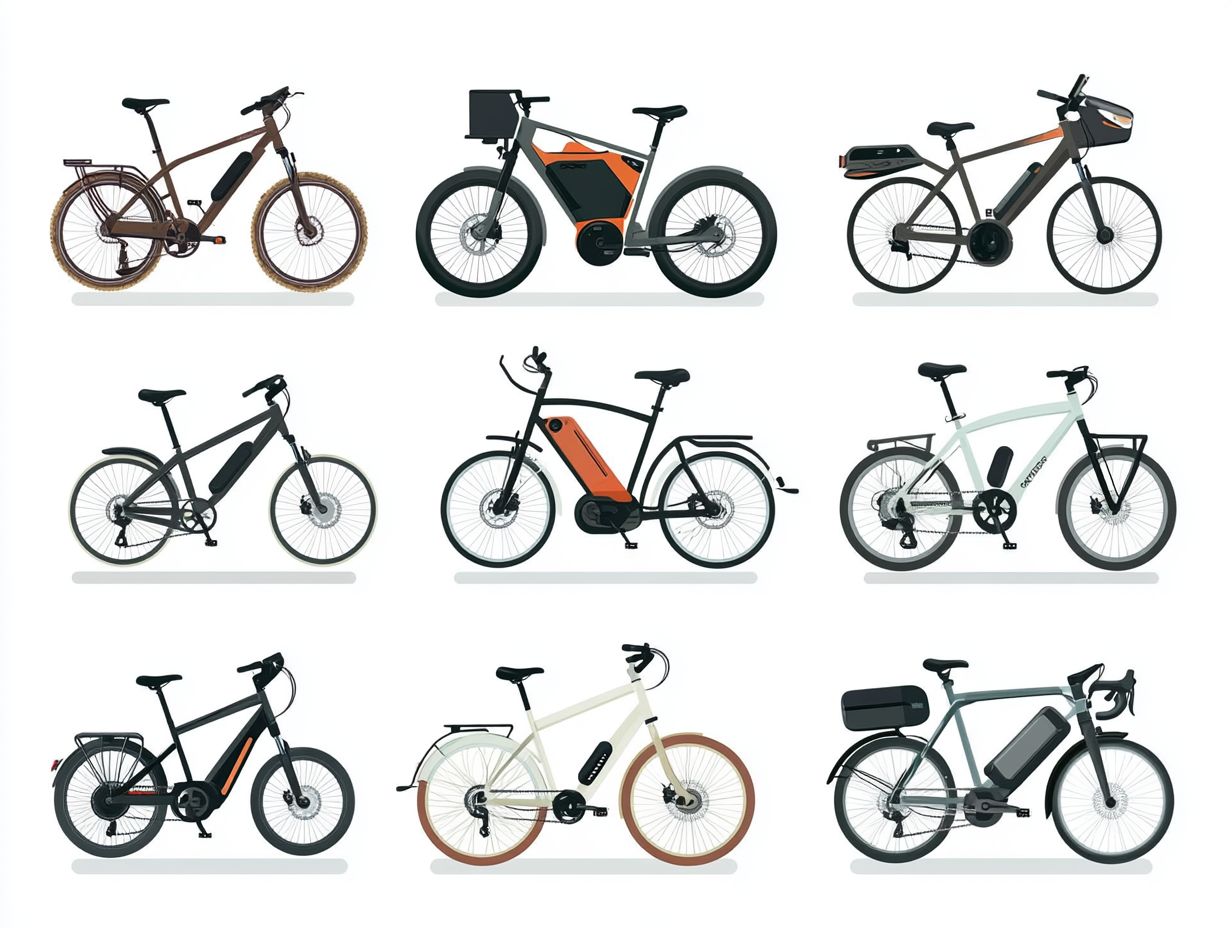
There are three classes of electric bicycles: Class 1, Class 2, and Class 3. Each class has different speed limits and levels of assistance.
What is a Class 1 electric bicycle?
Class 1 electric bicycles have a maximum speed of 20 mph. They provide assistance only when the rider pedals.
What is a Class 2 electric bicycle?
Class 2 electric bicycles can reach a top speed of 20 mph. They can be powered by either the motor or by using a throttle, so you don t have to pedal if you don t want to.
What is a Class 3 Electric Bicycle?
A Class 3 electric bicycle can reach speeds up to 28 mph. It provides help when pedaling but does not have a throttle, so you must pedal to activate the motor.
Do Electric Bicycles Require a License or Registration to Ride?
In most states, you don t need a license or registration to ride an electric bicycle. Check your local laws and regulations, as they can vary!
Can I Ride an Electric Bicycle on Bike Paths and Trails?
Class 1 and Class 2 electric bicycles are usually allowed on bike paths and trails. Class 3 bicycles may have restrictions, so check the rules before you ride!

